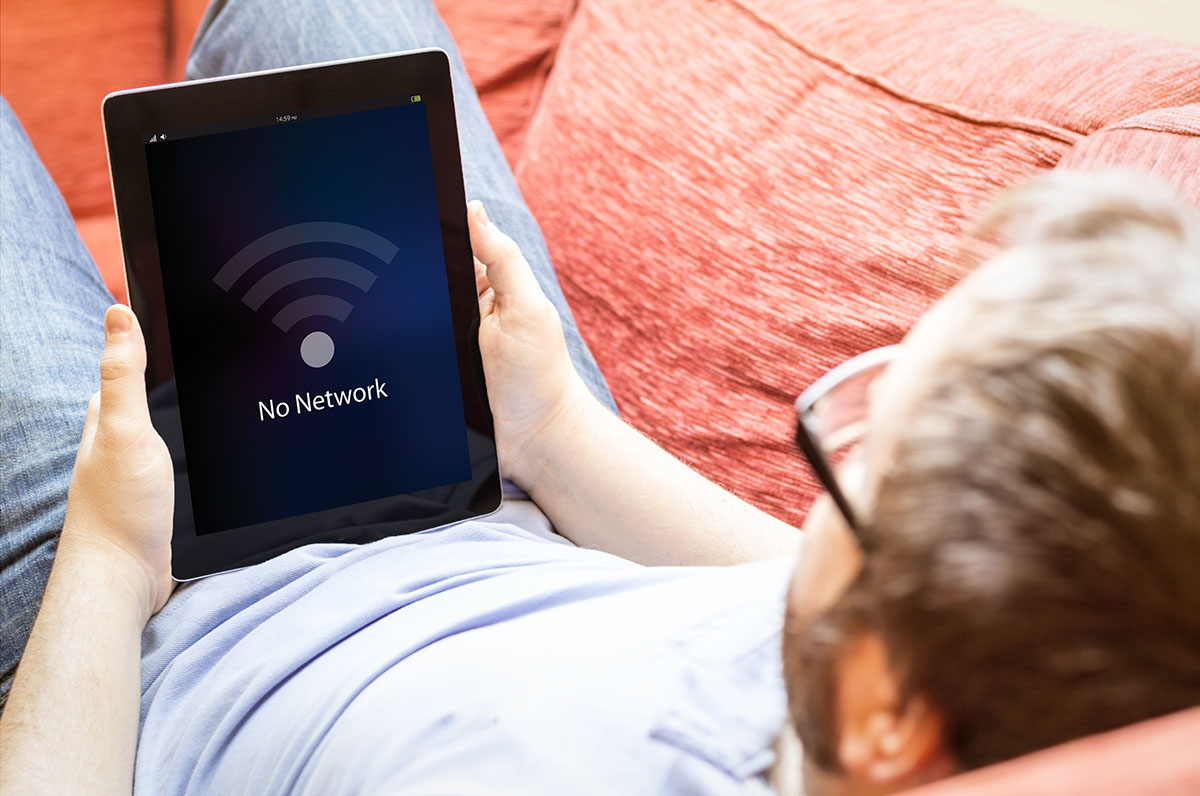Energy efficient buildings deteriorate mobile connectivity. On one hand, building materials with good insulation characteristics protect from the cold, on the other hand they do not let mobile signal in or out. Therefore, the Irish regulator ComReg recommends two things to consumers to address poor indoor coverage: repeaters and WiFi calling.
ComReg earlier conducted a testing exercise on the effect of building materials on indoor mobile performance. The regulator published the results of the testing in a report in August 2018.
The testing focused on four types of building materials:
- windows,
- insulating,
- blocks, and
- roof materials.
Across all materials an additional power loss compared to the reference loss was measured. The additional power loss for windows ranged between 15 and 45 dB; for insulation materials between 15 and 60 dB and for block materials it was mostly 5 but maximum 25 dB. Roof materials had only a small effect on radio propagation.
A solution for poor mobile signal indoors can be either a repeater or WiFi calling.
A repeater is a device that amplifies the mobile signal from outside the home and transmits it inside the home. This way it improves indoor coverage for the user. ComReg has recently legalised certain types of repeaters. Consumers may use only repeaters which comply with ComReg’s standards and carry the CE and EU quality standard mark.
WiFi calling allows making calls despite poor indoor mobile coverage. WiFi calling uses the internet. However, unlike communication via applications, which runs exclusively via the internet, WiFi calling only uses the internet to connect to the mobile operator’s base station. ComReg recommends consumers to speak to their mobile operators to see if their network and phone supports this feature.
Photo Copyright: Adobe Stock | georgejmclittle

